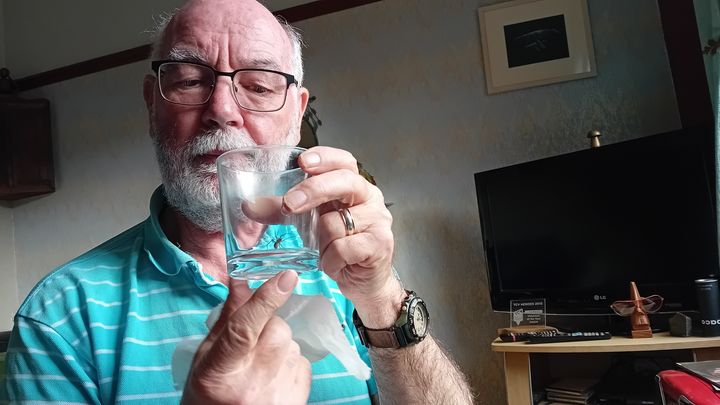The RSPB recently reported an increase in the UK’s largest breed of spiders — the fen raft spider — which can grow to the size of a rat and hunts fish. The species — which generally lives around peatlands and bog areas — were rescued from near extinction but thanks to conservation efforts they are on the increase. But it is only homes on mainland Britain who may catch a glimpse of them.
While the population here can breathe a sigh of relief, there is still the common house spider which we will be seeing a lot more of in the coming weeks as “spider season” looms. Paul Moore is a semi-retired Entomologist who now works as a consultant for pest control companies. He pointed out that there are over 660 different species of spiders found in Northern Ireland and most of them, he adds, are “completely harmless”.

“The most common spider we see here is the common house spider which is relatively large but completely harmless,” he told Belfast Telegraph. “They are about three or four inches in length with the body itself measuring about an inch or an inch and a half so sometimes when people spot them, they can sometimes hear them running across the floor or mistake them for a mouse! “They are quite fast too and some can travel up to 15km an hour,” he added. “But what people don’t know is that these spiders can actually live in our homes for years so we may be seeing the same one year after year.
“Some can live up to five or six years and then get slightly bigger each year but there is a limit to their size.” Mr Moore said that there are many reasons to why spiders are living longer, including the reduction in the use of insecticides and also more homes having laminate or tiled floors. “We may just not have noticed them as much in years gone by with patterned carpets hiding them,” he said, adding that when they spot us, they are more afraid of us than we are of them.
“Out of the 660 species that live in Northern Ireland it has been proven that none will kill you, nearly all contain some sort of venom, but it will not do us any harm,” he added. “No spider will actively attack us, it will just defend its eggs if anything and the only one which could give a slightly nasty bite might be the woodlouse spider which lives under rocks and logs but the only way you could get bitten is if you just get a bit too close.” The Belfast man said that autumn is the ideal time to see spiders inside the home due to the cold weather setting in and our homes heating up.
“Around this time the males are seeking out females which are mostly always indoors and the heat of inside activates them to move around a bit more but, in reality, they are always there,” he said. “They are in our cupboard, behind our TVs, wardrobes etc. “Spiders have been around for about 400 million years more than us so gradually we just started building luxurious caves for them that we call our lovely warm homes!” He added that common misconceptions of the insects originated around Halloween.
“You see big scary spiders and spider’s webs associated with Halloween and sometimes it can be a generational thing where parents can instil that fear in children if they have a fear of spiders,” he said. “But they can actually be somewhat beneficial and nothing to be afraid of at all. “They are predators of common pests we find in our homes such as fruit flies and woodlice so if you want to keep those at bay it’s actually a good thing to have spiders in your home, but I understand some people may not want to see them!” Top tips to spider-proof your home this autumn.


















